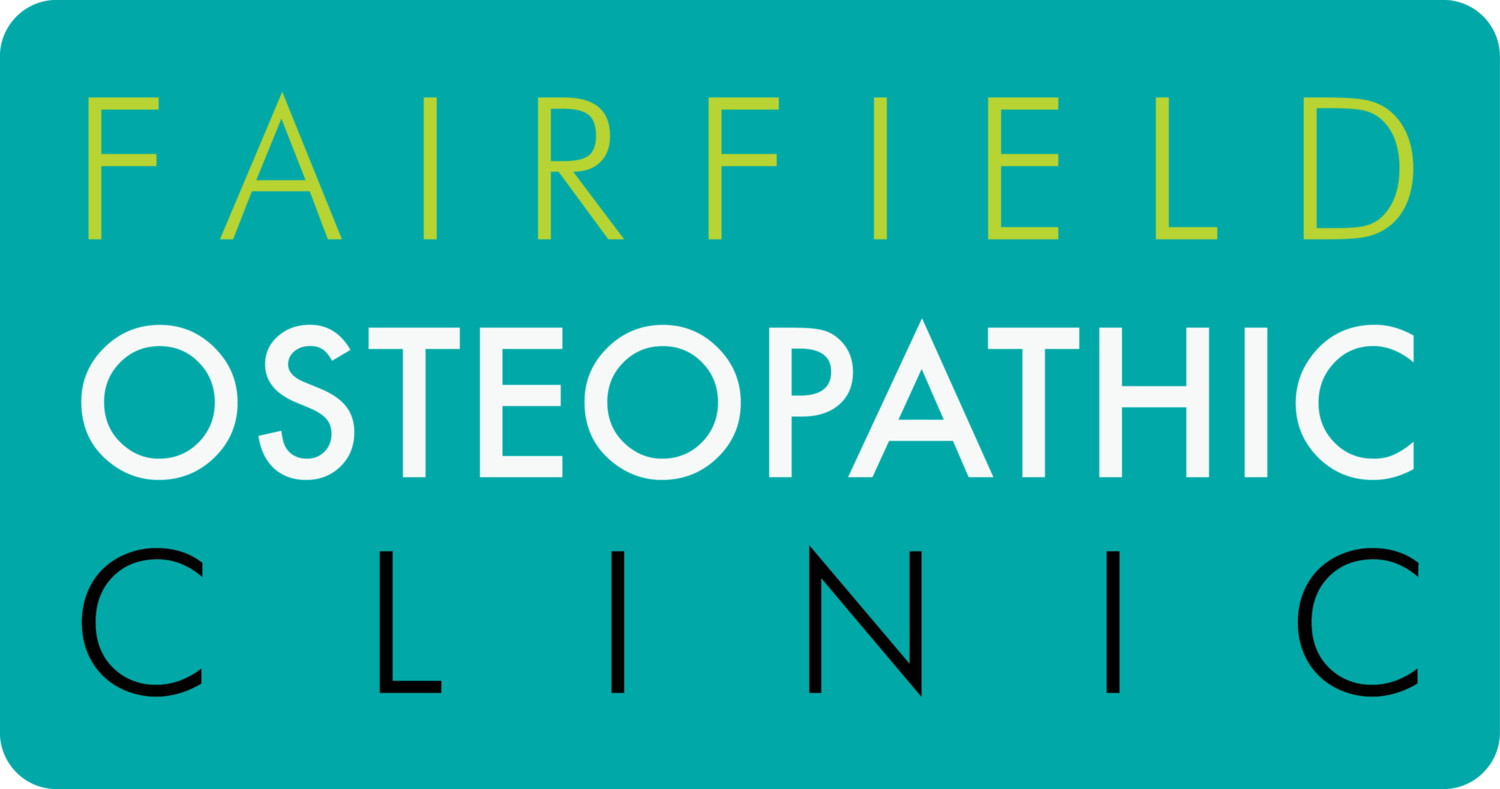Plantar Fasciitis - "Oh my aching feet!"
Plantar Fasciitis Help Sheet
Plantar fasciitis is a common and persistent type of repetitive strain injury causing foot arch pain with or without heel pain. Below are some practical tips to help manage the pain of plantar fasciitis.
Rest
· It takes as long as it takes – you need to properly rest until the tissue repairs. For most moderate cases, this will mean 1-2 weeks avoiding being on your feet (as best you can). After that, you need to spend the next few months gradually easing back into standing for long periods, walking or golf
· Maintain fitness with swimming or bicycling without toe clips
Ice
· A cheap, easy and safe way to help control pain short term
· Use an ice cube directly against the skin, moving it in slow circles for a maximum of 2 minutes. Another nice way of doing this can be freezing a plastic water bottle (filled with water of course) and rolling the arch of your foot over it. Ice massage!
· Allow the tissue to warm up before you repeat again, as often as you like
Contrast Bathing
· Force your tissues to adapt to sudden changes in stimulation and generate metabolic activity in the foot and leg
· Dunk your feet and leg in a good sized bucket of warm water for a minute, then into a bucket of cold water for a minute. Repeat at least 3 times in a row, as often as you want
Stretching
· Calf: heels on the ground, with toes against the wall or a door frame, and lean into the stretch OR the ball of the foot on a step and drop your heel down
· You need to do this with both a straight knee, and then with a bent knee to target all the calf muscles
· Plantar fascia: while sitting, hook a towel around your toes and pull toward your body until you feel a stretch
Mobilization
· Draw circles in the air with each foot. 20 circles per side, 3 times per day
· Point and flex the foot in the air. 20 in each direction, 3 times per day
Massage
· This can either be from a professional massage therapist or an osteopath or try it on your own
· You can spend up to twenty minutes a day massaging your feet and legs by rubbing gently over any tender points, or try rolling the base of your foot over a small ball
Night Splints
· Night splints hold the plantar fascia and calves in a gentle stretch overnight
· Either a soft or hard night splint will do the job
Arch Support and Heel Pads
· Shoe inserts from the chemist can help to offload the plantar fascia
· Find a comfortable pair of shoes, and try to avoid high heels as much as possible
· Heel pads are cheap and may help to cushion the impact of the heel on the ground
Some tips to reduce morning pain
· Start activating your muscles before you get out of bed. Draw 20 circles in the air with each foot before touching the ground
· Avoids stepping onto the floor barefoot or with no support. Make sure you have a supportive shoe to take your first steps with to give the foot a chance to start adapting to stress
CAUTION: Anti-Inflammatory Medications and Gels
· Use with caution as they can stop soft-tissues like muscles and the plantar fascia from healing, and they can have nasty side-effects on the gut
This is a summary of the amazing Plantar Fascia tutorial put together from a review of the current evidence on the treatment of the condition by the amazing Paul Ingraham from painscience.com
Here is a handy link for further information:

